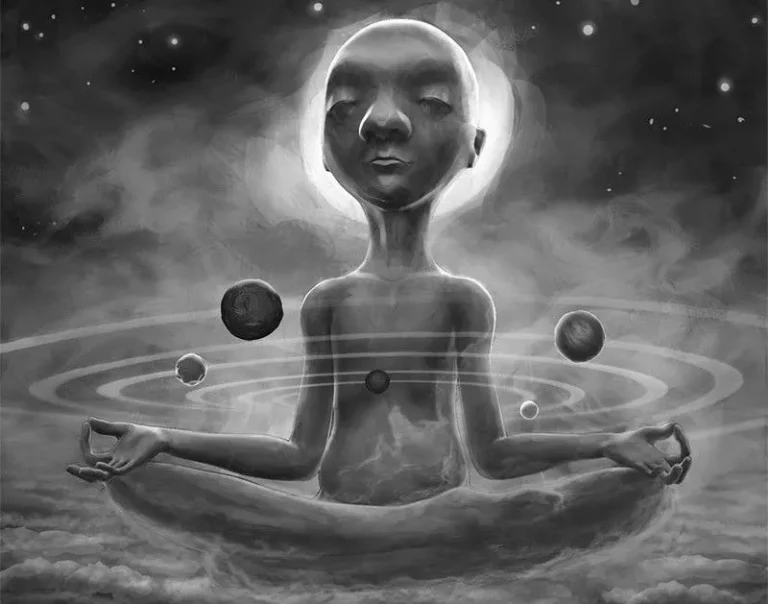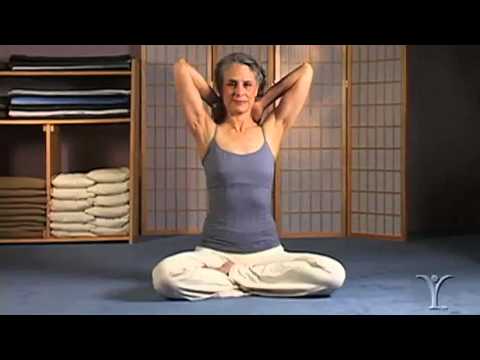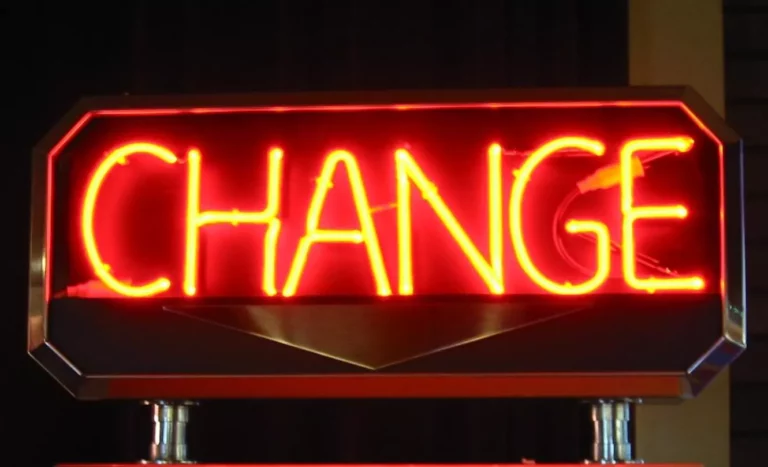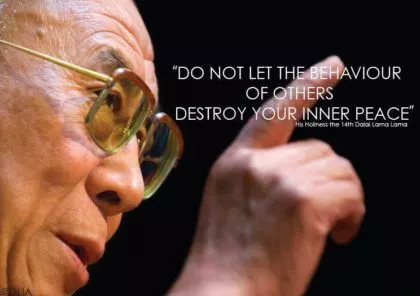“Life is a balance between holding on and letting go” ~ Keith Urban
Balance is the naked truth of nature and this quote holds true especially in case of breath. As the great yogis say, we are the breath we inhale & exhale, the fine line between how much to hold in and how much to let go, creates the necessary ‘equilibrium’.
This equilibrium, which exists at the time of birth, is not only difficult to achieve in daily life but also unsustainable. The gifted technique of controlled breathing, pranayama, can enable one to achieve this balance.
As the name suggests, ‘Prana’, the vital force and ‘Yama’, control of that energy, when the two are clubbed they have far-reaching benefits.
Though the world is now accepting & appreciating the benefits of pranayama, everybody is not aware of the real art of balancing the breath. This art of breathing can be mastered with ease on understanding the twin systems in the body, popularly known as Yin & Yang, masculine & feminine, Shiva and Parvati or Solar or Lunar.
For everyday functioning & basic understanding, I would be taking up solar & lunar systems in the body, where the right side is solar and the left is lunar. Working in cross coordination, the left side of the body is connected to the right hemisphere of the brain and vice-a-versa.
By practicing pranayama one can attain the balance in these two systems. The flow of the breath in & out simultaneously occurs from both the nostrils under balanced breathing. This type of breathing is experienced and practiced by the great seers, yogis & attuned souls.
A balanced breath stimulates all the chakras, works on the hidden aspects of human aura, boosts the immune system, and slows down the aging process. Additionally, it opens up the third eye chakra, the keeper of immeasurable potential unexplored by the human mind in a waking state.
Here are certain breathing exercises to practice in the morning preferably, along with their contraindications.
Nadi Shodhana or Alternate breathing practice
What is this: There are three main Nadi Systems in the body, with the central one as Sushumna Nadi and the other two, Pingala & Ida Nadi. The right nostril is connected to Pingala & left to Ida. These two are directly connected to the brain, which in turn balances the two hemispheres, leading to a neutral state of mind. When alternate nostril breathing is practiced, it purifies and balances both of these systems. When the breath starts flowing freely and smoothly through both nostrils, the mind attains a state of joy and calmness, necessary to access deeper realms of consciousness.
How to: Sit straight in Sukhasana or Vajrasana preferably away from the wall. Now make the Nasika mudra from the right hand, as shown in the image below.
Fold your index & middle finger while keeping your ring & little finger straight. (You can also place the index & middle finger on the forehead between the eyebrows).
Now place the thumb on the right nostril gently and exhale through the left. Inhale & exhale 3 times on the left, then close the left nostril with the ring finger immediately.
Exhale and inhale 3 times from the right, now bring the hand down. Deeply & slowly inhale and exhale in the center from both the nostrils (assume the inhalation & exhalation is happening from the nostrils). This is one round.
Now conduct the same procedure all over again, but starting from your right instead of left. Keep doing this for 12 rounds, but starting from the other side each time. So the sequence goes like this: L x3, Rx3, Centre x3; Rx3, Lx3, Cx3; L x3, Rx3, C x3; Rx3, Lx3, Cx3…. till you complete 12 rounds. One can start with 3-4 rounds initially, gradually increasing the count.
Benefits of Nadi Shodhana: Balancing of breath & both hemispheres, cleansing of nadis, helps circulatory and respiratory systems, tranquilizing the mind, activating the intuition center in the body, etc. Every individual will experience subjective outcomes depending on their practice, body & concentration level.
Contraindications: None!
Kapalbhati Pranayama
What is this: Kapal – skull, Bhati – light, this advanced technique of pranayama sends light & energy to the skull by pumping the abdomen. The sharp movement of the abdomen under the influence of breath helps in balancing the channels in the body.
How to: Be seated in a comfortable position on the mat, either Sukhasana or Vajrasana (Thunderbolt pose) and place both the hands on the knees. Bring your awareness to your lower belly. Take a deep breath in and contract your lower belly, forcing out the breath with full force. Your stomach will contract with each exhalation.
Do not make an effort to inhale, it would happen naturally. Without really pausing to breathe again, keep exhaling in quick short bursts. Remember not to contract your abdomen when you inhale. Begin slowly, doing 15-20 times initially. Gradually quicken the pace to 40-45 exhalation/inhalation cycles per minute. Move at your own pace, and with regular practice you will be able to increase the speed.
Now check the nostrils by placing your index finger under your nose and see which one is active. It should be balanced. If it is not, keep an account of which one is active. Gently turn the head in the direction of the active nostril. So if your right nostril is active, turn your head to the right and do kapalbhati 10 -15 times and vice versa. Check the activeness of the nostrils again; if it is still not balanced, you can repeat the second procedure. Or do alternate nostril Kapalbhati, as described in the video below.
Benefits of Kapalbhati Pranayama: Balances brain hemispheres & breath, cleanses the lungs, improves blood circulation, strengthens the digestive system & nervous system, rejuvenates brain cells, cleanses all nadis, cures low BP, removes lethargy, uplifts the mind and reduces belly fat.
Contraindications: Practice only 3-4 hours after meals or on empty stomach. People suffering from heart ailments, high BP, headache, epilepsy, hernia, gastric ulcers & during pregnancy or periods should avoid this. People with hypertension and heart problems should practice this breathing technique under the guidance of a yoga teacher.
Bhastrika or Bellows Breath practice
What is this: Just like a blacksmith uses a bellow to supply a blast of air, similarly Bhastrika pranayama acts a bellow tool for the human body. It accelerates the digestive fire, pumps in more oxygen to the brain and activates the mind to work faster.
How to: Sit straight in Sukhasana/Vajrasana and just as we do Kapalbhati pranayama, take a deep breath. Now exhale sharply without exerting pressure on your nose and inhale sharply immediately.
The only difference in the technique of Kapalbhati & Bhastrika is that the latter needs one to inhale and exhale at the same speed, consciously & sharply. Both your hands will go up and down with force. On inhalation hands go up and on exhalation hands come down. Do this 15-20 times. Now check your nostrils, see which one is active. If both are active, perfect!
If only one nostril is active, then turn your head towards the active nostril’s direction. Start inhaling & exhaling with speed after turning your head in the required direction. For example: If the right nostril is active, then turn your head towards the right side, and do Bhastrika. Vice-a-versa for the other and do this for 15-20 times. The nostrils would balance themselves.
Benefits: Balancing all 3 doshas (Vatta, Pitta, Kapha), increase metabolism, good for pregnant women during labor pain, balances the nervous system, reduces lethargy, helps in recovering from bronchitis, tuberculosis etc.
Contraindications: High BP, heart diseases, hernia, ulcers, epilepsy, glaucoma, during periods should avoid this pranayama.
These two practices when merged with others like Brahmari (Humming bee breath) & Ujjayi pranayama (psychic breath) can achieve results unparalleled in comparison to any form of meditation.
There are as many approaches to pranayama as there are to the practice of asanas. With regular and sustained practice of pranayama you can connect to the universal energy that runs through us and everything around us.
You will begin to feel calmer, quieter, more centered, more in touch with the pulses of your body, mind and breath. So pause for a moment, observe your breath and feel the energy flow!
Image Source
































